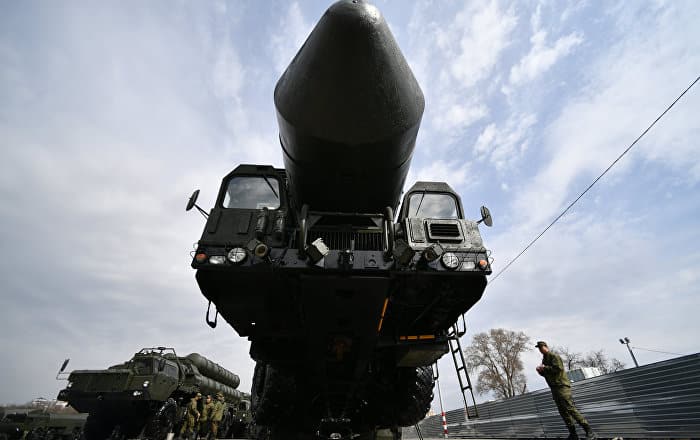In March 2019, the Pentagon suspended the Redesigned Kill Vehicle, or RKV, program, entrusted to Boeing and Raytheon, following several technological impasses undermining the sustainability of the program, and having caused 6 failures out of the 17 tests carried out. Intended to equip 45 to 64 stations throughout the United States, the RKV had the ambition, thanks to Raytheon's new Exo-Atmospheric Kill Vehicle, to be able to intercept ballistic missiles and hypersonic gliders, thus offering a global anti-missile shield for the entire country, even against the most modern intercontinental and hypersonic systems against which current systems, such as THAAD, can do nothing.
On August 21, Undersecretary for Research Michael Griffin announced the official end of the $5,8 billion program, judging that it was “the best possible decision”. Barely 2 days later, the Missile Defense Agency, or MDA, published a call for proposals for a new program, just as ambitious, with the same objectives, and a particularly tight schedule since it provides for entry into service of the first systems in 2025. If Boeing seems poorly placed to position itself on this new contract, because it bears responsibility for the failure of the first system, this is not the case for Raytheon, since the Pentagon seems to consider the EKV developed by the latter as the starting point for the new program. In addition, the RFP issued by the Pentagon awaits proposals from manufacturers before August 29, leaving little room for a newcomer, except perhaps Lockheed-Martin, to position themselves in this market.
It should be noted that Vladimir Putin also announced that Russia was developing an anti-missile system of this type, capable of intercepting hypersonic missiles, based on the advance of Russian industry in the field of hypersonic weapons. It is also likely that China will develop one or more programs of this type. On the other hand, neither France nor Great Britain have yet undertaken such developments. However, if such systems were to become operational, they would dramatically compromise the deterrence strategy which underlies the entire French National Defense.

Indeed, over the last 40 years, all of the choices concerning National Defense in France, as in Great Britain, have been dictated by the certainty that the nuclear forces put in place by the two countries were sufficient to deter any military adventurism. excessive which could threaten the territorial integrity and population of the country, or even possibly its allies. In fact, the two countries have agreed to significant reductions in the formats of their conventional forces, shifting the vast majority of the spectrum of “high intensity” threats towards the potential use of deterrent forces. If certain countries were to have an anti-missile defense so effective that it would be capable of neutralizing the French and/or British nuclear response in the event of an attack, the effectiveness of the entire defense of the two European military leaders would collapse, taking with them all of Paris' hopes for the emergence of a Europe of Defense. Not only would Europe then be extremely vulnerable given the weakness of its conventional means, but, in the absence of American anti-missile protection, it would also be vulnerable to simple threats of use of strategic weapons.
It is now essential to realize that the majority of the major defense programs of the 3 major world military powers, the United States, China and Russia, are aiming for an effective operational level from 2030, and a peak in efficiency. in 2040. Therefore, would not being satisfied with European programs which aim for the entry into service of new generation equipment in 2035 or 2040 be a certain form of burying one's head in the sand?
